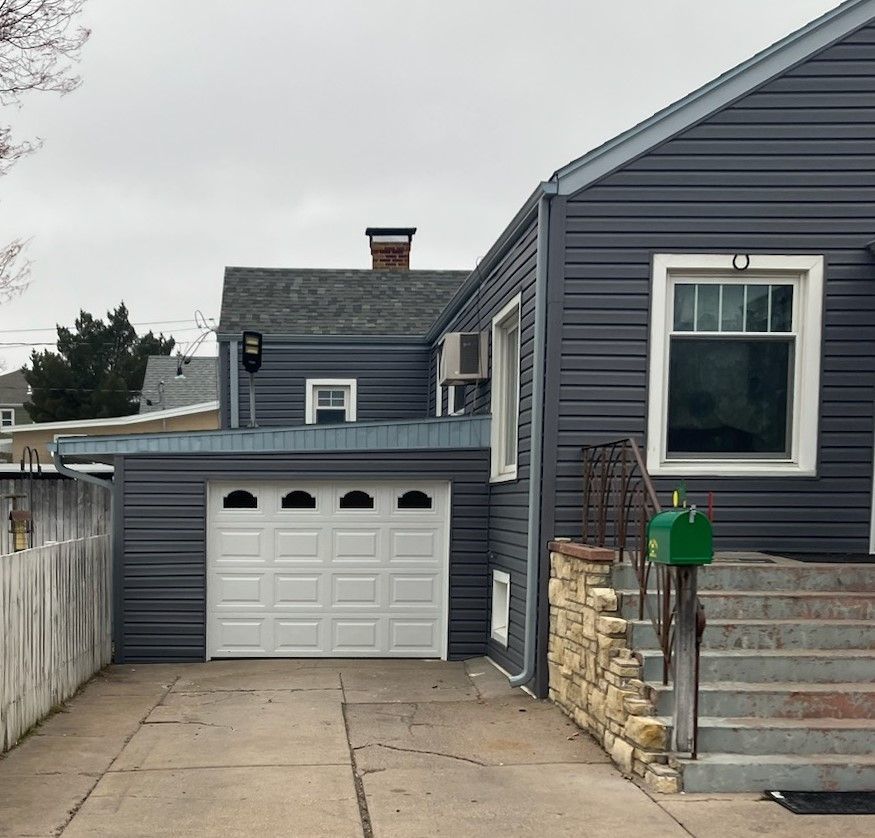Your overhead door does more than just provide entry and exit; it enhances security, keeps energy costs down, and adds value. But like any complex equipment, it needs maintenance. Ignoring subtle issues can lead to costly repairs—or worse, a door that stops working entirely. Let’s explore the top 5 signs your overhead door might need repair and why addressing issues promptly is essential.
1. Unusual Noises During Operation
Does your overhead door groan, grind, or make high-pitched noises? These sounds are not just irritating—they’re a cry for help. Unusual noises can indicate issues with the door’s springs, rails, or motor. Left unchecked, these minor issues can snowball into serious breakdowns.
When Your Door Lags Behind
If your overhead door is slow to open or close, it might be due to aging parts or problems with the system. A door that delays could be dangerous, especially if it malfunctions while in use. Prompt repairs can restore its smooth operation.
3. Sagging Sections
Have you noticed misaligned or sagging sections in your overhead door? This is often a sign of compromised stability or problems with the springs. Beyond being unsightly, sagging can compromise your door’s security and efficiency.
Higher Utility Costs?
A poorly fitted or damaged overhead door can let air escape, making your HVAC system work harder. If you’ve noticed your energy bills rising unexpectedly, your garage door could be the culprit. Repairing or upgrading your door can save you money in the long run.
Visible Damage?
Dents, splits, or corrosion are clear indicators that your overhead door has seen better days. While some damage might appear minor, it can lead to bigger issues and make it more prone to failure. Addressing these issues without delay is critical for safety and functionality.
